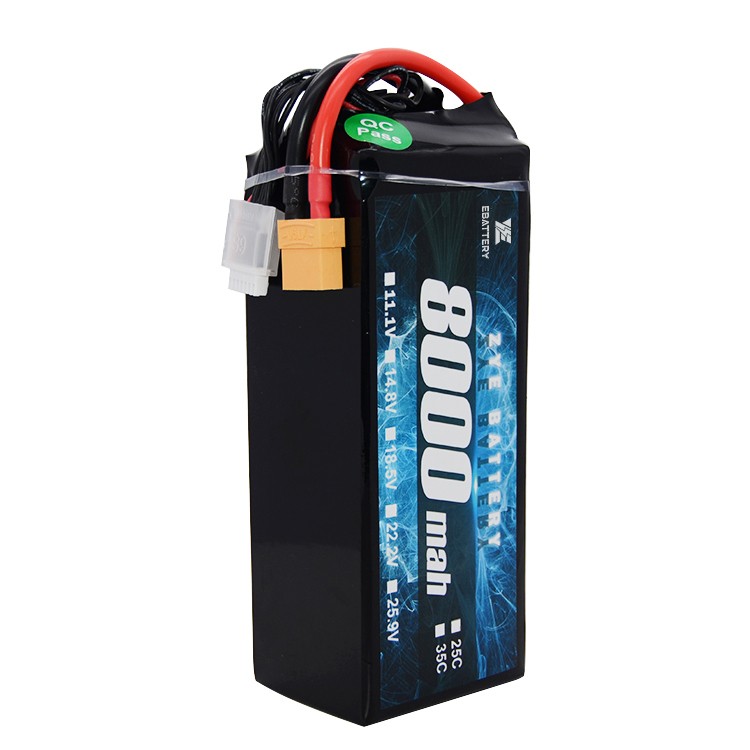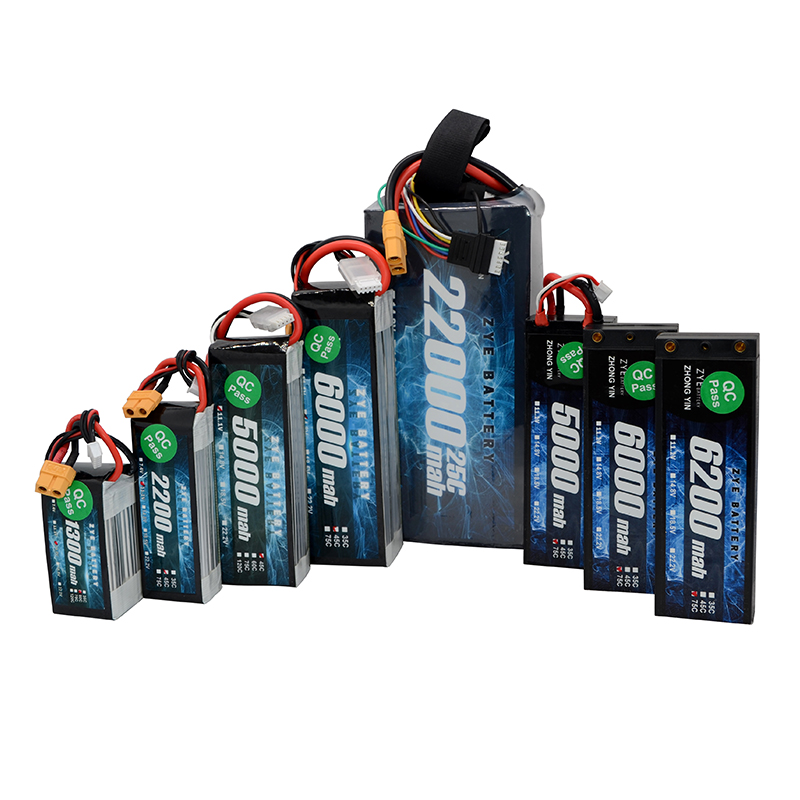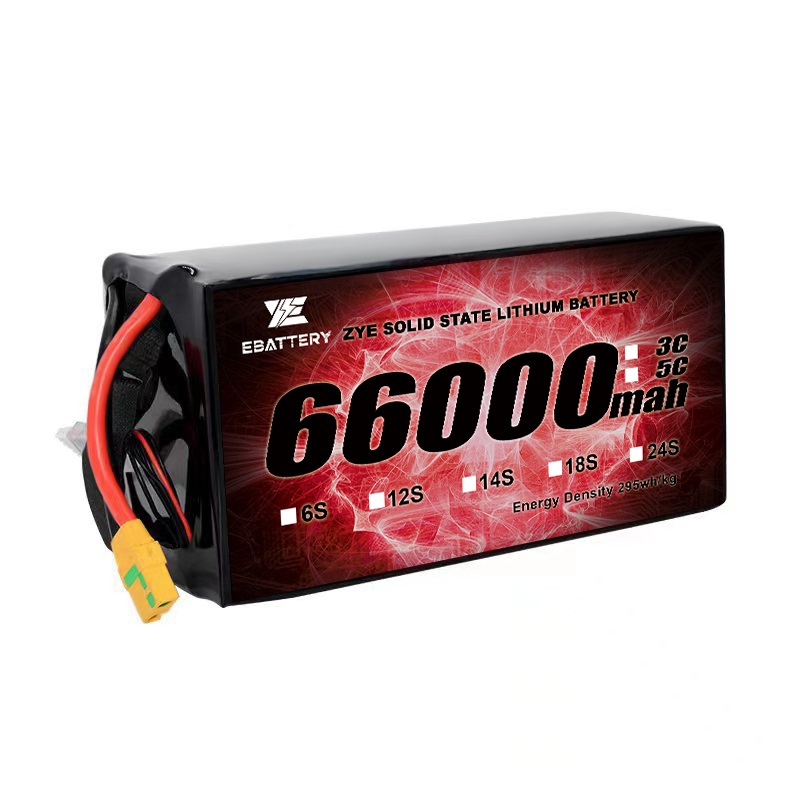How drone battery affects UAV/drone performance?
2025-09-28
With the widespread application of drones in aerial photography, crop protection, logistics, power line inspections, and other fields, their performance capabilities are receiving increasing attention. As the “energy heart” of the drone, the battery not only serves as its power source but also directly determines flight duration, stability, payload capacity, and operational safety, making it a critical factor influencing the drone's overall performance.

Endurance: The “Time Game” Between Battery Capacity and Energy Density
A drone's endurance is primarily determined by battery capacity (measured in mAh) and energy density (measured in Wh/kg). Current consumer-grade drones typically use lithium batteries with capacities ranging from 2000 to 5000 mAh and energy densities around 150-200 Wh/kg, resulting in flight times generally between 20 and 30 minutes.
Industrial-grade drones, however, employ high-capacity, high-energy-density power batteries to meet extended operational demands Some lithium batteries achieve energy densities exceeding 250 Wh/kg. Combined with optimized Battery Management Systems (BMS), flight endurance can surpass one hour.
Greater capacity isn't always better; weight and energy consumption must be balanced.
Blindly increasing battery capacity to exceed weight limits can intensify motor load, potentially shortening endurance.
The stable operation of drone motors and flight control systems relies on consistent voltage output. When battery capacity drops below 20%, poor discharge performance can cause rapid voltage collapse. This leads to unstable motor speeds, resulting in body shakes, control delays, altitude loss, and in severe cases, loss of control.
Many drones feature motors and electronic speed controllers (ESCs) optimized for higher voltage levels. These components are designed to better utilize available power, enhancing energy efficiency. By reducing energy waste and optimizing power usage, high-voltage batteries can indirectly help extend flight time, especially when paired with advanced energy management systems.
Both voltage and capacity play crucial roles in drone battery performance, but they impact battery performance differently.
Voltage determines power output, influencing the drone's speed and performance. Capacity, on the other hand, dictates how long this power can be sustained. Simply put, voltage governs the rate at which energy is consumed, while capacity determines how long the drone can operate at that rate. Striking the right balance between voltage and capacity is key to optimizing drone performance for specific requirements. Excessive capacity with insufficient voltage leads to diminished performance, while excessively high voltage with inadequate capacity causes faster energy depletion.
Battery activity decreases in low-temperature environments, causing voltage output fluctuations. At -10°C in winter, standard lithium batteries may experience a 15%-20% voltage drop, which can be mitigated through preheating or using cold-weather batteries.
Payload Capacity: Balancing Energy Density and Weight
Drone Payload Capacity = Maximum Takeoff Weight - Airframe Weight - Battery Weight
At a fixed maximum takeoff weight, higher battery energy density means lighter weight for the same energy capacity, freeing up more space for payload.
Lifespan and Safety: Impacting Operating Costs and Operational Risks
Beyond performance, a battery's cycle life and safety directly influence user operating costs and mission safety. Consumer-grade drone batteries typically offer 300-500 cycles, while industrial-grade power lithium batteries or solid-state/semi-solid lithium-ion batteries can reach 800-1200 cycles.
Conclusion:
Consumer users should select batteries based on application scenarios: lightweight, high-energy-density batteries for aerial photography; standard-capacity batteries for short-range flights. Industrial users should tailor power battery solutions based on operational duration and payload requirements.
With ongoing breakthroughs in battery technology, novel batteries like solid-state and sodium-ion batteries have entered drone testing phases. This advancement promises flight durations exceeding 2 hours and a 30% increase in payload capacity, further expanding the application boundaries of drones.
























































